7 American Foods Banned in Other Countries
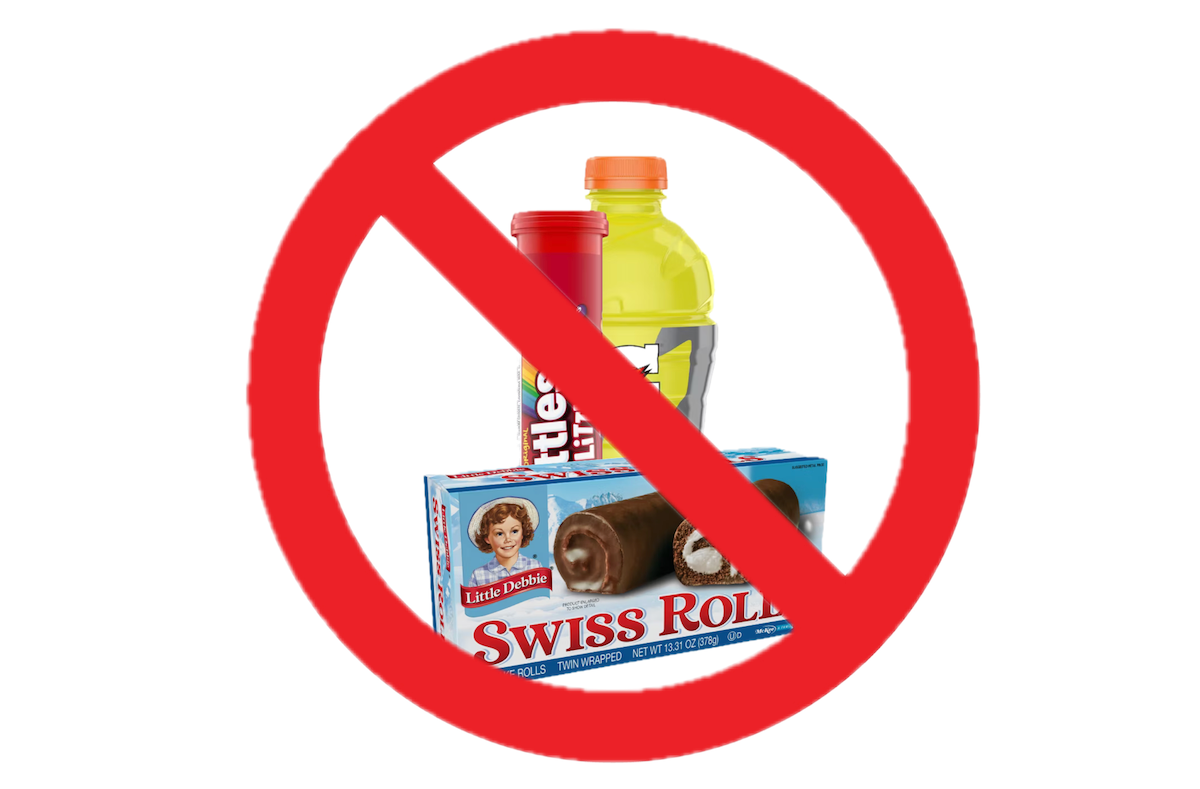
Even though your intentions may be to eat right and buy wholesome foods for you and your family, there are still many unhealthy foods on U.S. grocery shelves. And while many may increase your waistline if consumed too frequently, others may have even more potentially dire consequences if eaten on the regular.
When the FDA banned Red Dye No. 3 earlier this year, many consumers breathed a sigh of relief. Because it was deemed carcinogenic – and is believed to cause behavioral problems in children – it was viewed as a hazard that should have long ago been pulled from the shelves.
But not all potentially harmful substances have been subject to this type of ban. There are some ingredients found in popular foods that are allowed here in the U.S. but are banned in other countries.
If it’s shocking that other countries have forbidden foods that we’re still consuming, that’s just another reason to read food labels and be on the lookout for anything that you wouldn’t necessarily want yourself or your family eating.
Read on for the foods that you can buy here in the U.S. but that other countries have put on the no-go list or have restricted.
Skittles
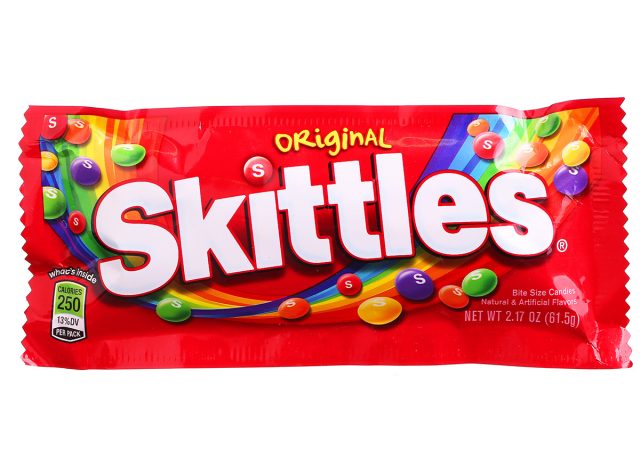
You may love to “taste the rainbow” but other countries are not feeling it due to one particular ingredient in these colorful candies. Titanium dioxide is a chemical added to foods to enhance whiteness and brightness. This chemical can be found in U.S. Skittles. While the European Union hasn’t banned Skittles entirely, their version does not contain titanium dioxide, which some research shows may be linked to lung cancer.
Apple Jacks
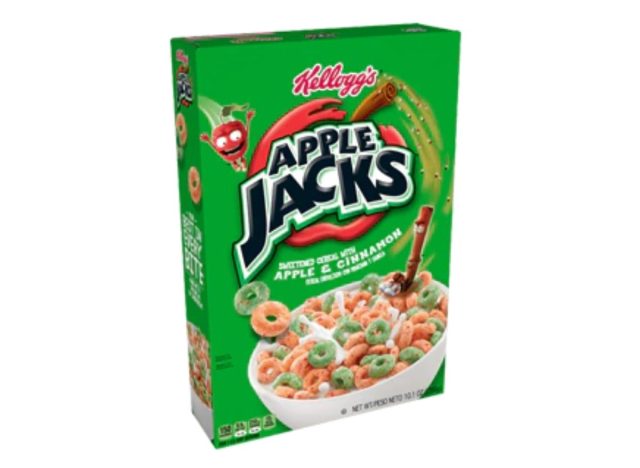
A is for apple, but you won’t be spying this cereal on shelves in Japan. That’s because Apple Jacks contains Yellow #6, which is banned in Japan. Both Apple Jacks and Cap’n Crunch contain BHT, a preservative banned in other countries but not the U.S. And while BHA and BHT may increase the shelf life of products, they may also increase the risk of cancer.
Gatorade
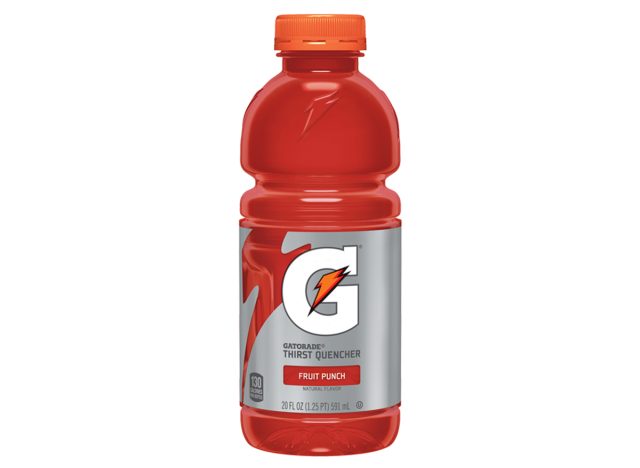
Gatorade comes in many flavors and may quench your thirst but folks in other countries will stick with water. That’s because the popular sports beverage known for its electrolyte content also may contain Yellow No. 5, Yellow No. 6 and Red No. 40, which are banned in some European countries. While some counties restrict these ingredients, Norway and Austria have outright banned them. Athletes there must find a different way to replenish their fluids after a workout.
Pop Tarts
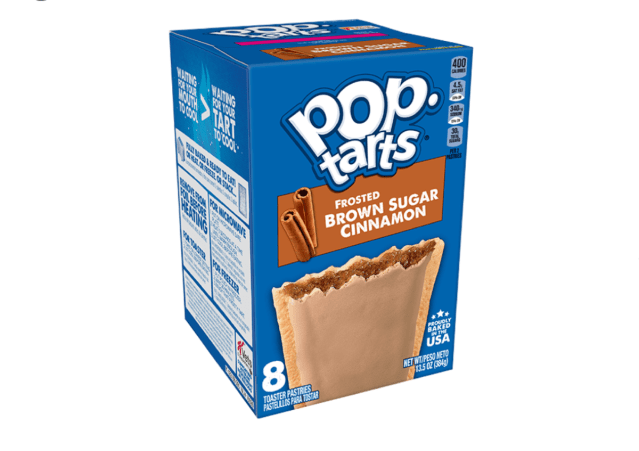
The yummy breakfast pastry that you just can’t wait to pop into your toaster is not on the menu in many European countries due to – you guessed it – Yellow No. 5, Yellow No. 6 and Red No. 40. While some countries have Pop Tarts, they are likely not the American version which contains banned ingredients. So while you’ll find a broader range of Pop Tart flavors here in America, the ones on grocery store shelves in the U.K. may be a safer bet.
Little Debbie Snack Cakes
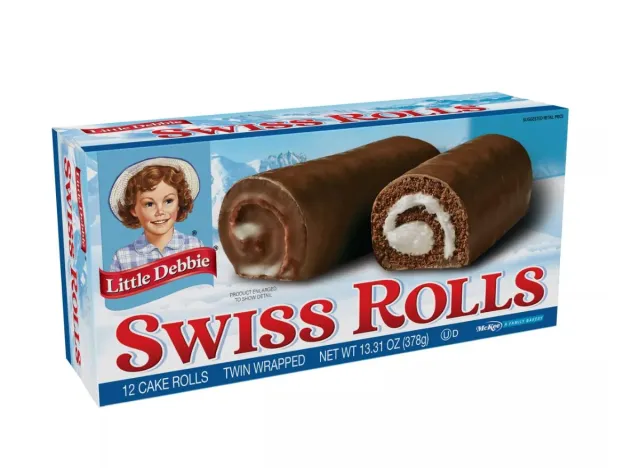
Little Debbie may be sweet, but other countries don’t necessarily see it that way. In particular, her Swiss Rolls aren’t a snack you’ll find in many European countries. That’s because they are banned or restricted due to Yellow No. 5 and Red No. 40. While the FDA has deemed these dyes safe (for now) it’s also worth considering that they may cause hyperactivity in children. A small price to pay for such deliciousness?